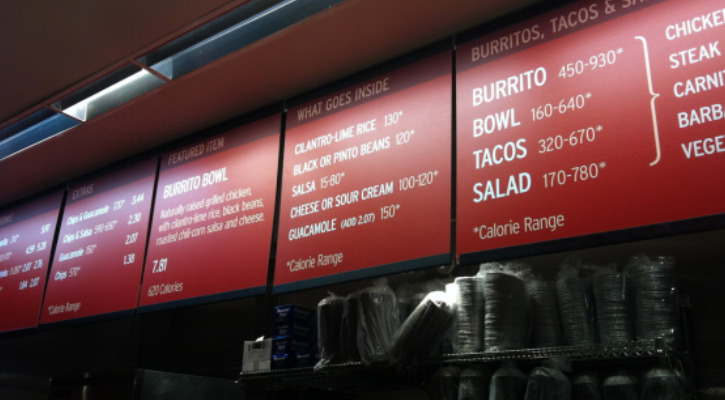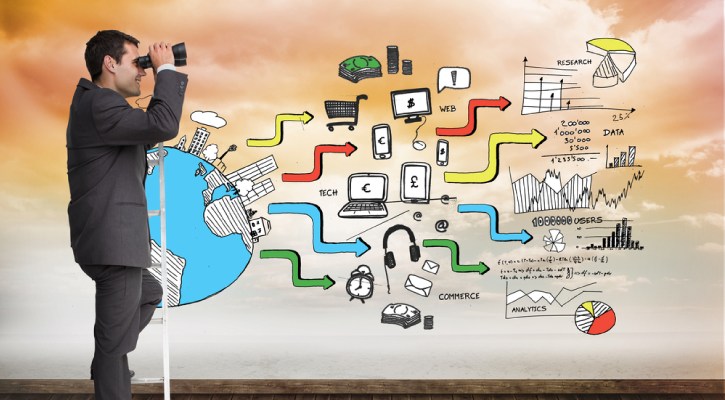Digital signage is no longer regarded as a new concept. It is a booming enterprise with many people attesting to seeing these virtual shows frequently as they go back and forth. The templates for virtual signage are numerous due to their diversity.
Digital signage is used in hospitality sectors to improve customer engagement, schools, faculties, public sectors and hospitals.
In these cases, reasons for digital signage change with placement and time. This calls for an extensive range of templates that can be easily custom designed for various purposes without a hassle.
WordPress and Virtual Signage
Many digital signage executives and groups prefer WordPress websites that create a structure for digital signs. WordPress is relatively simple to apply. Millions of people have used WordPress along with billions of feedback left on the site. This guarantees that WordPress is accepted on a global scale and the site construction, maintenance, and navigation are standardized.
- WordPress is open-source with the capabilities that are necessary for hosting various templates of varies resolutions for pattern showcasing or direct download. Many of the virtual templates and software programs for signage that are provided commercially are costly and beyond the reach of novices.
- WordPress is a secure website platform. It provides protection updates on a routine basis that can be used to reinforce the security settings.
- It is challenging to find an extensively scalable platform that has the ability to guide business growth within evolving organizations. WordPress is an accessible and cost-effective alternative that is practical for all digital signage applications.

Adopting Digital Menu Boards
The advantages of digital signage menu boards go beyond the visual appeal of presenting products effectively. As more restaurants make the decision to replace printed menus and posters with digital menu boards, advantages such as a significant increase in revenue and operational efficiency are being realized across the industry.
While digital signage for restaurants certainly grabs attention and peaks interest, there are many more areas for restaurants to maximize on and yield a worthwhile return on their investment.
Remote Management
The entire menu board network can be managed from anywhere as long as there is an internet connection. You can get rid of shipping costs, printing errors, employee mistakes and other challenges that are associated with static menu boards. Control the messages that customers see, keep track of the condition of the system and monitor the content on restaurant signs from wherever you are located.
Entertainment and Enhancing Customer Experience
Including value-added content like fun facts, trivia and other forms of entertainment is helpful for lowering the perceived wait time for customers. Customers are also given a reason to keep on looking at the screen and this offers restaurants another opportunity to incorporate promotional and branded content.
Customers have something to do as they wait or eat. Giving your customers something that they can interact with is bound to improve the overall customer experience.
Consistency
The risk of employees neglecting or forgetting to change a static menu board will always exist. Digital menu boards ensure that restaurants keep all their locations updated and maintain consistency with each other.
Reducing Production Costs
A static menu board needs the restaurant to cater for designing, printing, shipping and finally installing the materials. With a digital menu board, the costs that are linked to prints, shipping and installing are eliminated.
It is also important to note that this is also an environmentally friendly and sound undertaking. After designing and installing a digital menu board, maintaining it is as easy uploading photos to social media accounts.
You may Also Like: 10 Basic Steps To Conquer Social Media Marketing Strategy
Company Training and Communication

Restaurants use digital menu boards to facilitate communication with staff for reasons such as sharing important news and training. Training videos can be pre-recorded and scheduled for transmission at all locations at particular times. The CEO can send messages to customers to thank them for their support and business.
Streamlining Order Processes
- Displaying images of tantalizing meals is likely to speed up the decisions that are made by hungry diners.
- On the other hand, numerous words on a static menu may leave diners searching endlessly for food options while they step up to make their order. When the time to order suddenly arises, they order the first item they see or hold up the line while searching. This means that a customer may order something that reduces the possibility of them returning or the speed of service decreases.
- When customers get to the line and are already craving for something that has been displayed on the screen, everyone can enjoy a shorter wait while your restaurant gains the reputation of being a fast and efficient restaurant.
Local Support
Getting involved in the community is essential for any type of establishment. Restaurants can thrive on the basis of being supported by local people. Digital signage enables restaurants to play an active role in the society. Displaying news that is locally relevant on digital screens and their menu boards is a good way to show staff, managers, and owners that local support is appreciated.
Read Next: Podcast Branding – Can Podcast Help You To Build Your Brand?
Conclusion
Using a digital menu properly can make the difference between customers that do not return and happily returning diners. Digital menu boards need to be effectively executed to ensure customers focus on images of items, can order right away and possibly spend more on the complimentary items.
Feature Image: Image given by Author
In Post Image: Shutterstock.com




